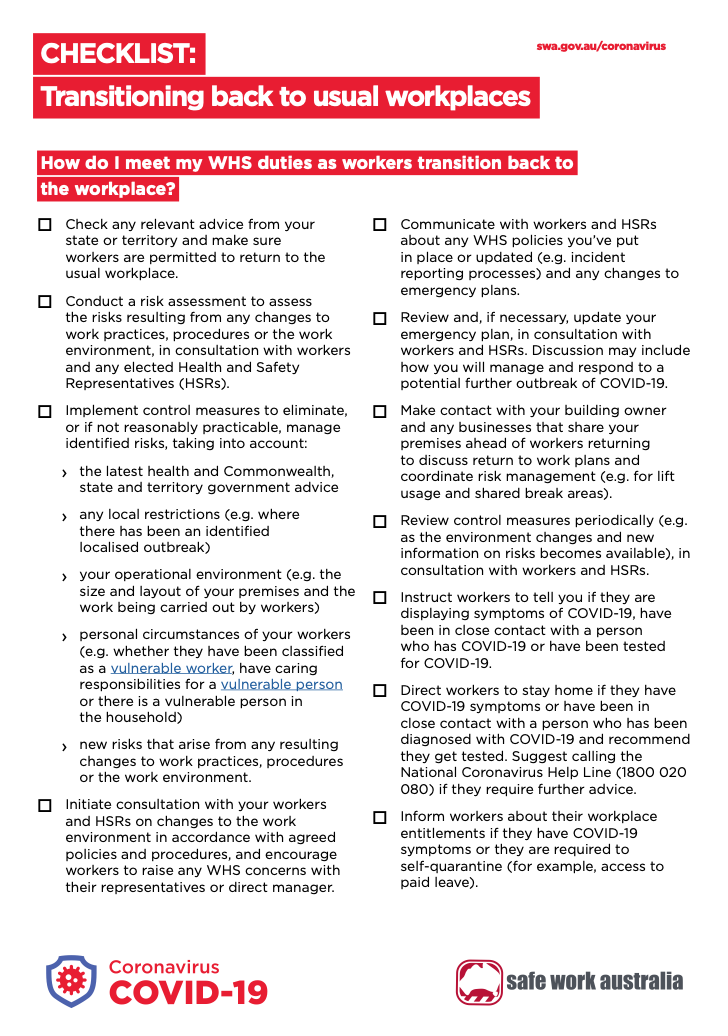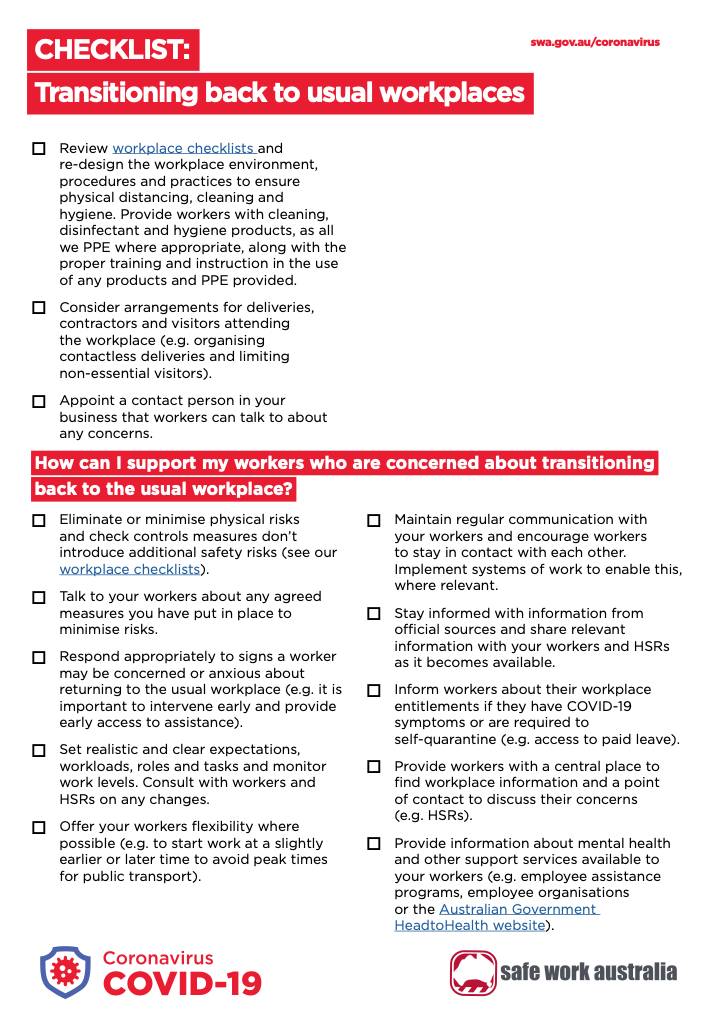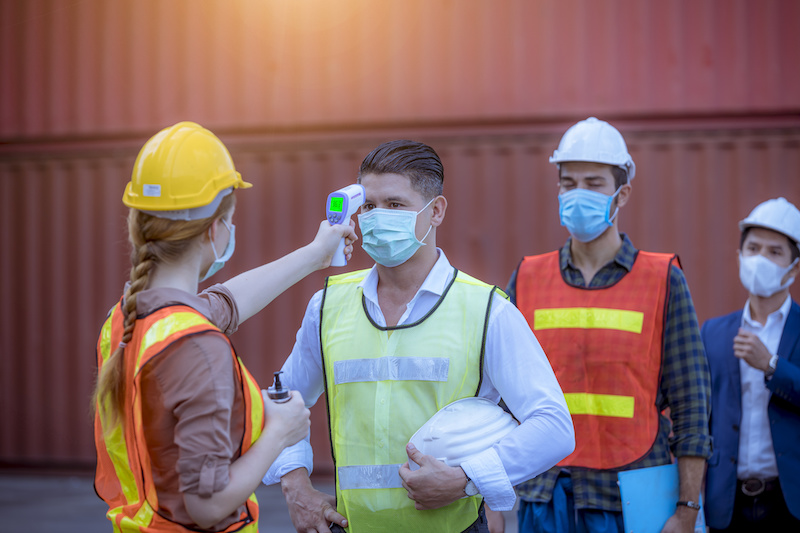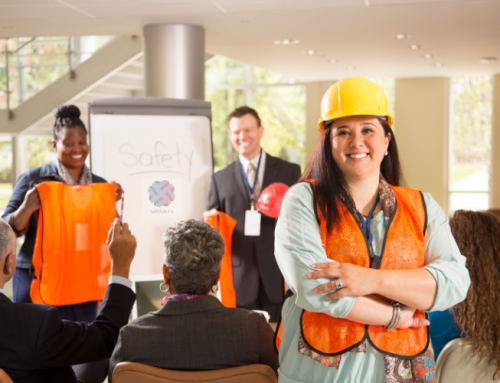Employers are frequently asking us about the process of transitioning employees back to the workplace as COVID-19 restrictions ease. How should we manage the transition to work? what precautions do we need to take? what if employees are concerned with returning? Is there any documentation requirements that we need to adopt? Unfortunately there are no simple answers when it comes to transitioning. Each workplace is different and work health and safety obligations must be managed accordingly. We have compiled a few core themes that you should consider.
Firstly, you must be mindful of the requirements of your State of Territory in respect of COVID-19. requirement are changing rapidly so it’s important to keep on top of these. So check these sites for the latest update of information:
- ACT Department of Health
- NSW Department of Health
- Northern Territory Department of Health
- Queensland Health
- SA Health
- Tasmania Department of Health & Human Services
- Victoria Department of Health
- Western Australia Department of Health
Secondly, all workplaces have an obligation to methodically conduct an assessment of transmission risks at their workplace.
Health and safety expert services
This means things like:
- Identifying potential routes of disease transmission at the workplace like:
- Contact surfaces;
- Including shared facilities like desks, keyboards, phone, lunch rooms (including shared cutlery and plates) etc;
- Air-conditioning systems (HVAC);
- Frequency of cleaning of surfaces and facilities;
- Minimising or mitigating high customer contact;
- Visitor impacts;
- Contact with delivery staff;
- Contact surfaces;
- Consider how you will manage social distancing requirements for employees;
- Having employees work from home or in isolated work groups so that you can potential mitigate an outbreak through the whole workforce;
- You must consider a plan for vulnerable workers including those that may be immuno compromised;
- Establishing a plan for managing an outbreak (in the worst case scenario)
Thirdly you should allow your team members to present their concerns when returning back to work. It’s normal for some people to experience anxiety when returning to work. It’s a great idea to hear out their concerns and seek to address them where it it feasible and reasonable.
Fourthly, if you plant and equipment has been down during an absence from work. You may need to conduct some reviews regarding the safety of it before recommencing. Air conditioning plant is one example where there has been a range of reported cases of buildup of microbiological agents while systems have been shut down. Safework Australia has some great tips here on managing HVAC systems on return to work.
Fifthly, most Australian jurisdictions have specific safety checklists that must be completed. These are based on the type of workplace and its potential to expose employees and customers to COVID-19.


It’s fair to say that the COVID-19 outbreak has resulted in significant disruption to life and work as we know it. It still is a lingering risk for us all. Ultimately, its become a known risk that we must manage to ensure the sustainability of our businesses and our nation.
By having a considered approach to minimising exposure to workplace communicable diseases like COVID-19, we can maintain the viability of our businesses and ultimately restore the economic viability of our nation. It’s something that we can’t take chances with.
Like other known risks in work health and safety, we must manage it in context and understand our obligations.
If you’d like assistance with your COVID Safe Plan, Safetysure Work Health & Safety Consultants can help. Call us on 1300 087 888 to find out how we can help you and your business safely return to the new normal.







Leave A Comment